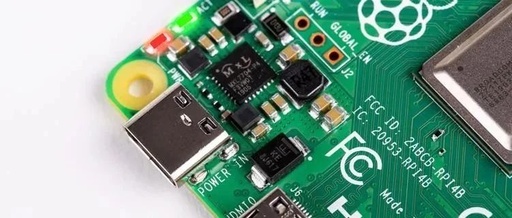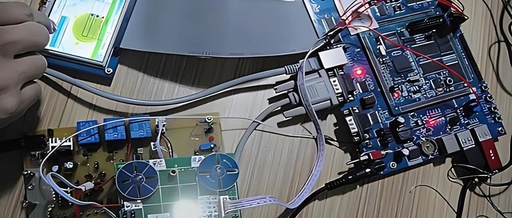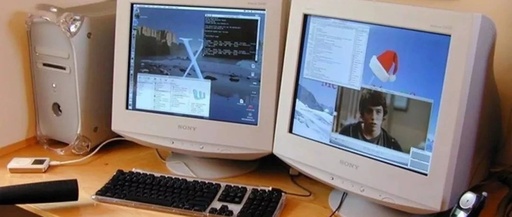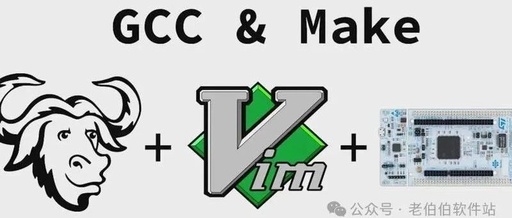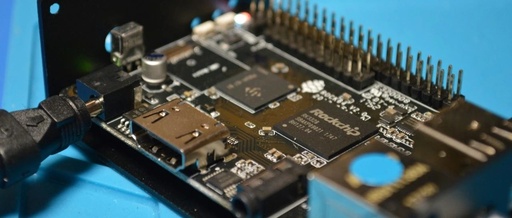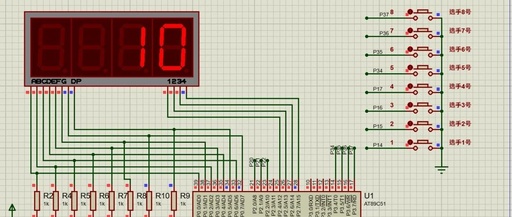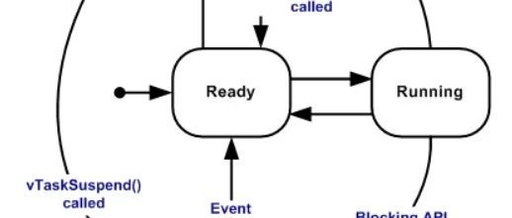Exploring the World of Embedded Linux: Basic Setup and Simple Application Development
Exploring the World of Embedded Linux: Basic Setup and Simple Application Development Embedded Linux, as an efficient, stable, and widely applicable operating system, has become an indispensable technological cornerstone in many fields. Whether in consumer electronics, networking devices, automotive electronics, or industrial control, embedded Linux plays a crucial role. This article mainly introduces the basic … Read more
